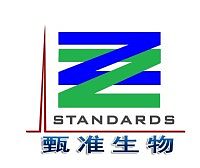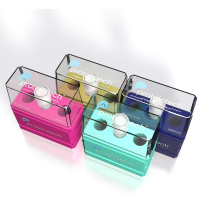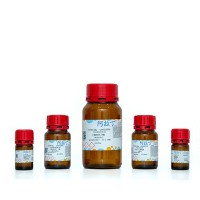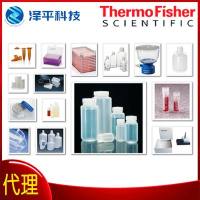AntibodyDrug Conjugate (ADC) Clinical Pipeline: A Review
互联网
569
Biological therapies play an increasing role in cancer treatment, although the number of naked antibodies showing clinical efficacy as single agent remains limited. One way to enhance therapeutic potential of antibodies is to conjugate them to small molecule drugs. This combination is expected to bring together the benefits of highly potent drugs on the one hand and selective binders of specific tumor antigens on the other hand. However, designing an ADC is more complex than a simple meccano game, requiring thoughtful combination of antibody, linker, and drugs in the context of a target and a defined cancer indication. Lessons learned from the first-generation antibody–drug conjugate (ADC) and improvement of the technology guided the design of improved compounds which are now in clinical trials. Brentuximab vedotin (Adcetris� ), an anti-CD30 antibody conjugated to a potent microtubule inhibitor for the treatment of Hodgkin’s lymphoma and anaplastic large cell lymphomas, is the only marketed ADC today. A total of 27 ADC are currently undergoing clinical trials in both hematological malignancies and solid tumor indications. Among them, T-DM1 (trastuzumab emtansine), an ADC comprised of trastuzumab conjugated to DM1, via a non-cleavable linker, is showing very promising results in phase III for the treatment of HER2-positive refractory/relapsed metastatic breast cancer. Other compounds, such as CMC-544, SAR3419, CDX-011, PSMA-ADC, BT-062, and IMGN901 currently in clinical trials, targeting varied antigens and bearing different linker and drugs, contribute to the learning curve of ADC, as do the discontinued ADC. Current challenges include improvement of the therapeutic index, linked to a careful selection of the targets, a better understanding of ADC mechanism of action, the management and understanding of ADC off-target toxicities, as well as the selection of appropriate clinical settings (patient selection, dosing regimen) where these molecules can bring highest clinical benefit.









